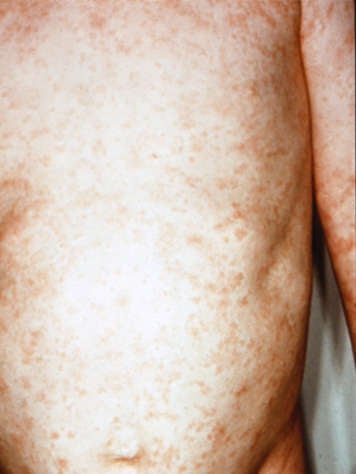Introduction
More information
Signs and symptoms
Spread, phase, course of disease
Diagnosis
Treatment
Prevention
When to seek medical attention
